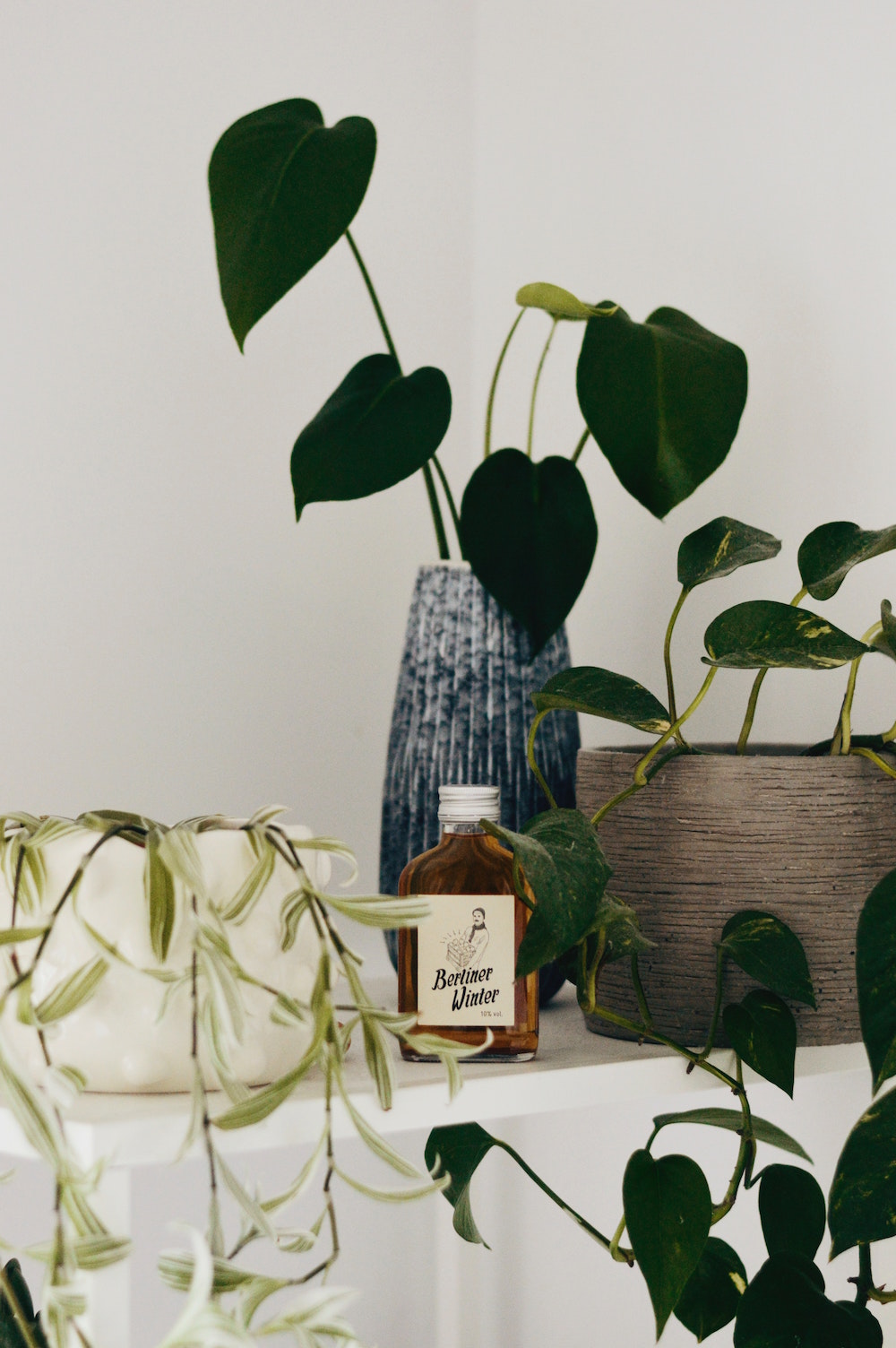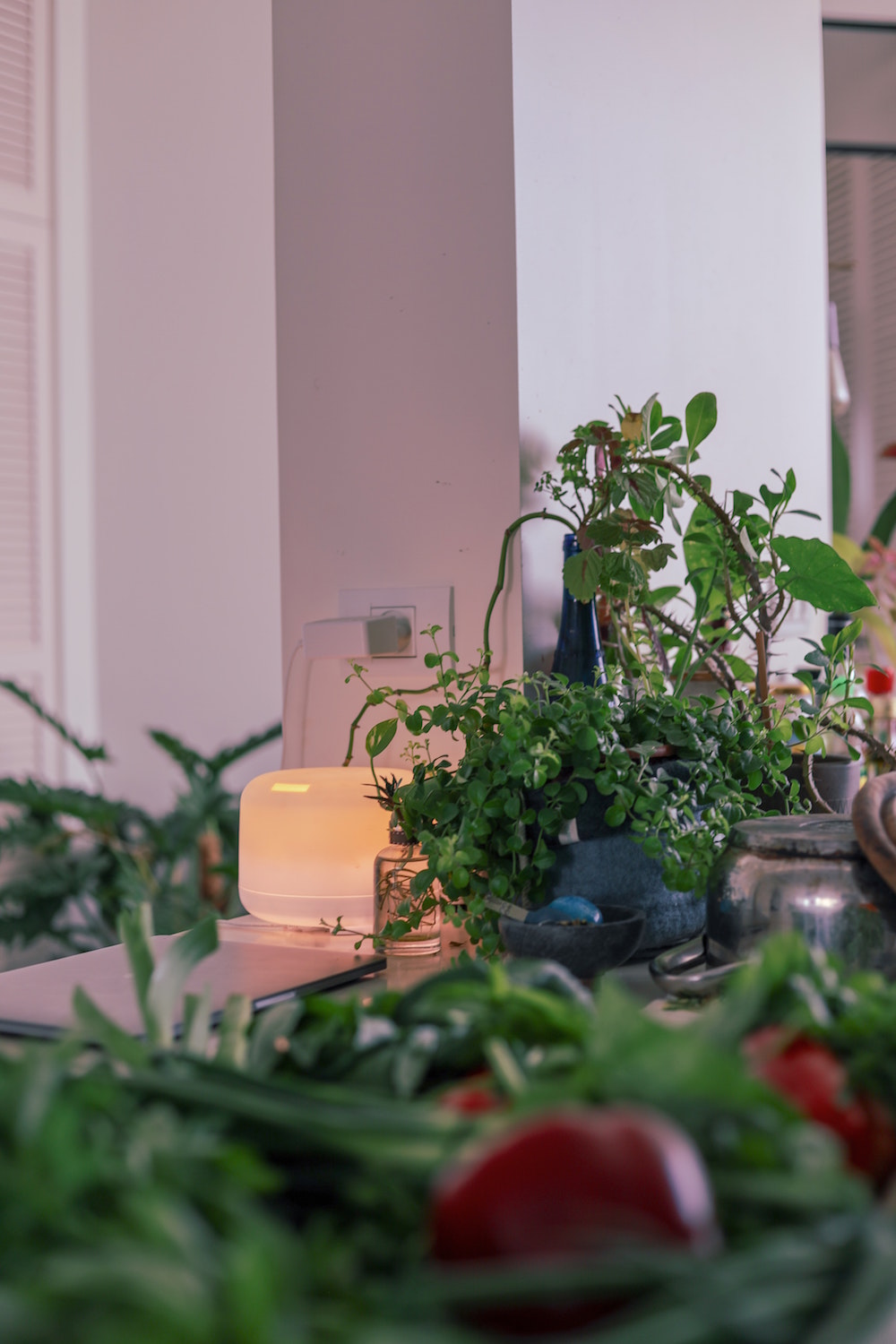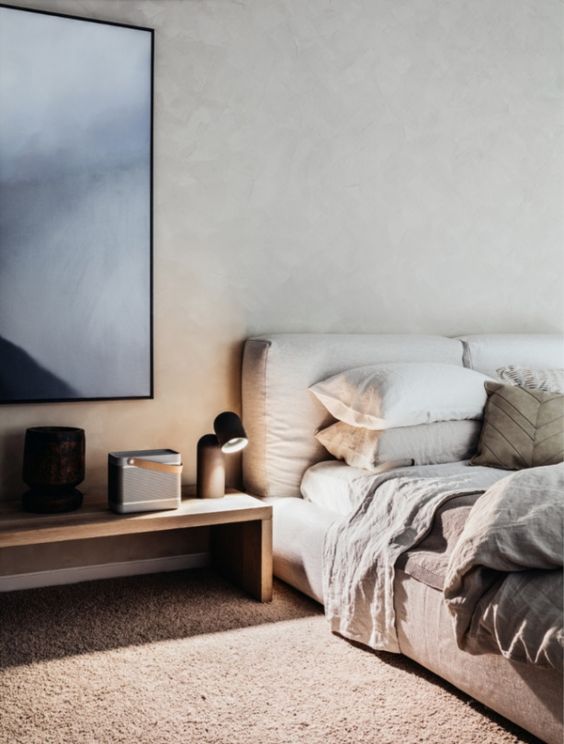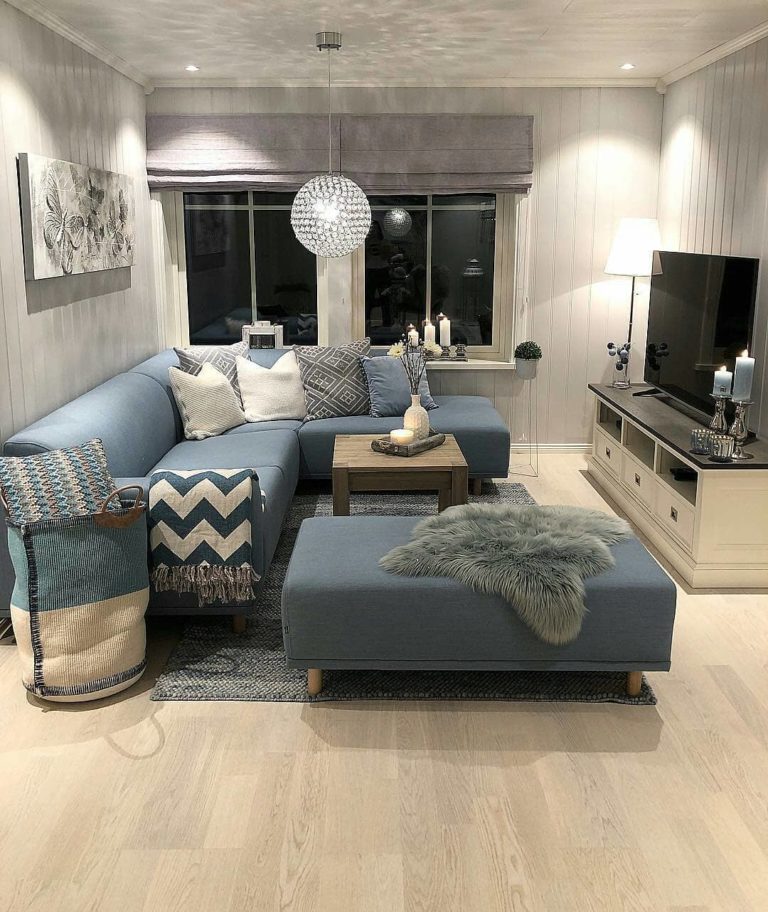Sneezing and Sniffling? 10 Ways to Keep Your Home Allergy Free
If you feel you’re sneezing much more than usual and you have a heavy, foggy head that makes it difficult to focus, it could be a sign that there are too many allergens in your home. This may not sound like a big deal, but things such as dust and debris, mold and mites, or pets and pests can have a severe impact on your allergies, causing them to flare up at the worst time.
The best-case scenario is that you sneeze a few times. On the other hand, the worst-case scenario causes issues that can affect how much you (and others) enjoy being in your home. Many people think there’s little they can do about their allergies, but this is not true. If you’ve started to get the sniffles and want them gone as soon as possible, here are ten ways you can keep your home allergy-free all year-round.

Use Dust-Mite Covers
Dust mites are microscopic pests that can have a severe impact on flaring up your allergies. They are so small you are unlikely to know they are there. If left unchecked, there is a substantial risk of experiencing severe allergic reactions without knowing how to fix them.
Using dust mite covers is a simple solution. These covers will go over your pillows, mattresses, and bedding, which is where dust mites will set up shop most often. Of course, it isn’t the most attractive style for your home, so you can also wash your sheets in water as hot as 130 F (54 C) one weekly. You can also replace any feathered or wool bedding with synthetic alternatives to prevent dust mites from getting into your sheets.
Remove Rugs and Carpets
Rugs and carpets are a fantastic way to accessorize the home and make it a cozy, comfortable place to live. However, rugs and carpets are also a breeding ground for allergens. The thicker the fibers, the more likely dirt, dust, and other allergen-activating materials will be present.
Thicker carpets can cause more problems because the allergens will embed deep in the lower fibers. Conversely, a low-pile carpet means they are closer to the surface, which will make it easier to clean if needed. If you want to be completely rid of possible allergens, your best option is to remove the carpets altogether, but this is easier said than done.
… Or At Least Vacuum Regularly
If it is impossible to remove all your carpets (or you just don’t want to), the next best thing you can do is to vacuum regularly. It doesn’t take long for dust and allergens to settle in your home, so the more frequently you vacuum, the better for your home.
Weekly vacuuming will help remove dust, dirt, spilled food, and even pet hair from your carpets, curtains, and other fabrics in the home. As we all know how difficult it can be to keep your home clean when you have pets, look for a powerful vacuum with pet hair accessories so that you don’t damage your furniture. You can also try to keep pets out of certain rooms to prevent their hair from shedding and spreading around the house, especially if some of your family’s allergies are particularly severe.
Close The Windows During Pollen Season
If you or your family are sensitive to pollen, you can overcome possible allergic reactions by closing your windows during the pollen season. While it’s nice to let in some fresh air and allow this air to circulate your home, leaving the windows open will also bring in the pollen blown around by the wind.
Instead, you can rely on your air conditioning system to keep everything fresh in the home while also keeping the pollen out. You needn’t stop there, though. Make sure you wipe away condensation around the windows to prevent mold and mildew sprouting. This is because mold can also impact your allergies, decreasing your home’s air quality, especially if you don’t have as much ventilation.
Dust and Polish Weekly
Even if you don’t realize it, dust will collect across all the surfaces in your home every week. The layer of dust can be so fine that you might not even notice until the light catches it just right. While you may not think about dusting and polishing very often, doing it weekly, just like you would the vacuuming, will go a long way towards removing possible allergens from your home.
However, you shouldn’t only focus on the surfaces you can see and use regularly, such as your coffee table or bookshelf. Instead, make sure you wipe down all the surfaces in your home. Even those that are out of sight. This includes the top of the cooker, the top of the door frame, and the skirting board that runs around the room. These may seem small, but they can have a significant impact on reducing the amount of dust in your home.
Buy Lots of Houseplants
Houseplants are a fantastic way for you to improve the air quality of your home while also improving each room’s aesthetic, too. Choosing the best houseplants for air quality will immediately make a difference in your home, and it will brighten up your space, also.
Picking houseplants for your home won’t just make the air purer, it can also increase your self-esteem, boost your focus (especially if you work from home). This will have a direct effect on your productivity, and you won’t find yourself too distracted about the possible cleaning, dusting, or vacuuming that you need to do.
Ventilate the Bathroom
Bathroom ventilation is a must for anyone who wants to cut down on the number of possible allergens in the home. While it’s nice to climb out of the bath or shower into a warm bathroom (especially with the cold tiles on the floor), failing to ventilate the bathroom properly can cause mold and mildew to grow around the shower area.
You will be able to tell if this is happening by the small black marks that appear out of nowhere. The spores that these little marks release can have a severe impact on your allergies, so it’s important to use a ventilation fan to remove the moisture from the bathroom when you have finished showering. If you don’t have a fan, crack a window open to let the air circulate and ‘air out’ your bathroom. You should also use mold remover if it gets too much, but make sure to keep the windows open and wear rubber gloves while applying and scrubbing.
Keep The Humidity Low
High humidity in your home can be a breeding ground for some of the worst allergens around. It might be nice to come home to a warm and cozy space, but this could impact your allergies and make them worse than they need to be.
It’s recommended that you keep your home’s temperature between 68 F (20 C) and 72 F (22 C) with a relative humidity of around 50%. This prevents the house from getting too warm, and therefore too humid, while also still making sure it is livable. If you hang clothes to dry in the house, this temperature will also dry them quickly enough that the moisture doesn’t affect you or anyone else who has allergies.
Get Rid of Pests
Pests are not something anyone wants in their home. Usually, this is because they can bring in disease and even affect the structural integrity of your home. But, did you know that pests, such as mice and cockroaches, can also affect your home’s air quality?
The residue left over from mice, insects, and other critters that have found a way into your home can trigger your allergies, so you must find ways to get rid of them humanely. Your hard work doesn’t stop there, though. You will also need to identify cracks and gaps in the home or around the windows, especially in the basement or roof, to keep pests from getting in again. If you catch a pest in your house, you should also wipe down and disinfect any surfaces to make sure they did not leave anything behind.
Invest in an Air Purifier
If you want a tried and tested method of keeping your home’s allergen count low, there is nothing better than a quality air purifier. This uses a reliable filtration system that removes VOCs and other allergens to keep the air fresh and clean.
You might already have an air purifier in your home that you have completely forgotten you had. If you don’t, check out Molekule’s YouTube channel to find the best option to improve your home’s air quality by using an air purifier and enjoy a safe, allergy-free house.
Sniffle-Free
If you or anyone in your household experiences allergies at any time of the year, focusing on your home’s air quality before anything else is a fantastic first step. While you may not need to apply all of these tips to your home, choosing which ones are the most relevant to your situation will make a significant improvement. With this, you will be able to breathe easy and get rid of the sniffles and sneezes that plague you every day.








